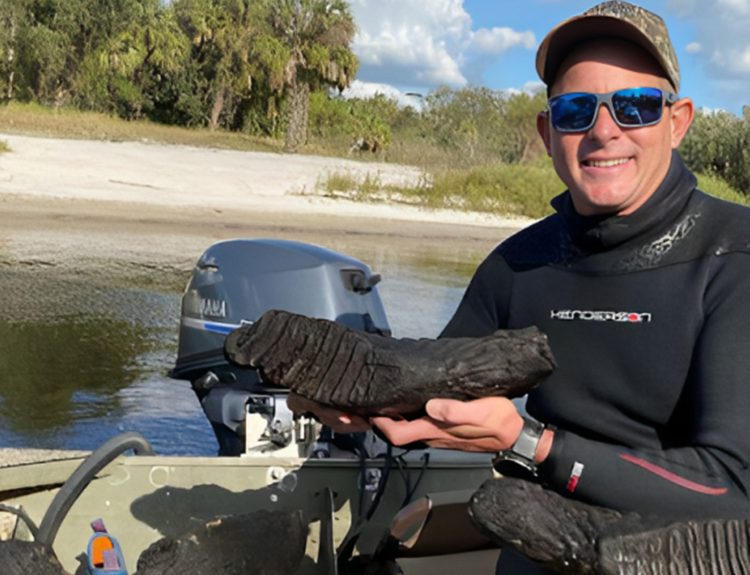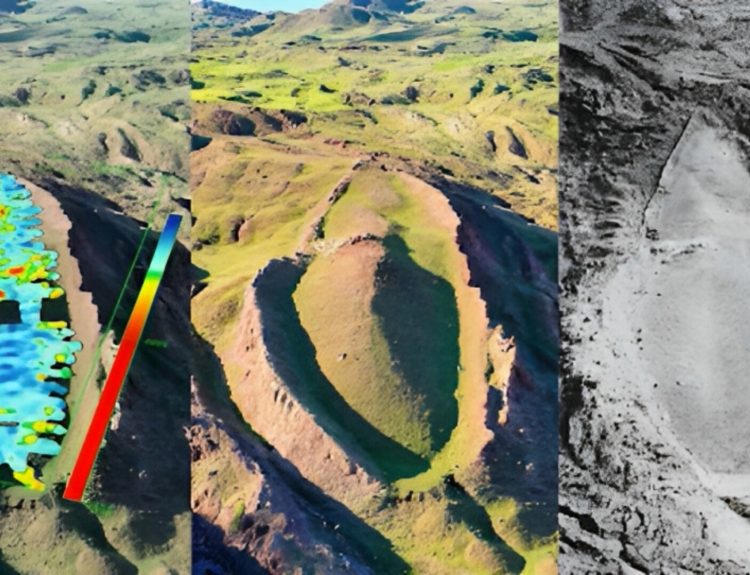When divers discovered a 18th century Spanish galleon at the bottom of the Caribbean Sea, the find was hailed as the “Holy Grail of shipwrecks.” Here was a vessel laden with riches worth a staggering amount of money in today’s dollars.
You would think that such an amazing discovery would be met with cheers and fanfare, but in the case of this shipwreck, the ensuing custody battle has overshadowed the historic find. It is not uncommon for different parties to want their piece of the pie when there is a sudden windfall of money, but in this case, the custody battle forced us to reexamine some of the darker days of history.
A Ship of Riches
When the galleon sank more than three centuries ago, it was laden with treasure. A mind-blowing amount of treasure. The cargo held roughly 200 tons of gold, silver, emeralds, and priceless artifacts. In today’s dollars, the treasure is worth an estimated $20 billion.
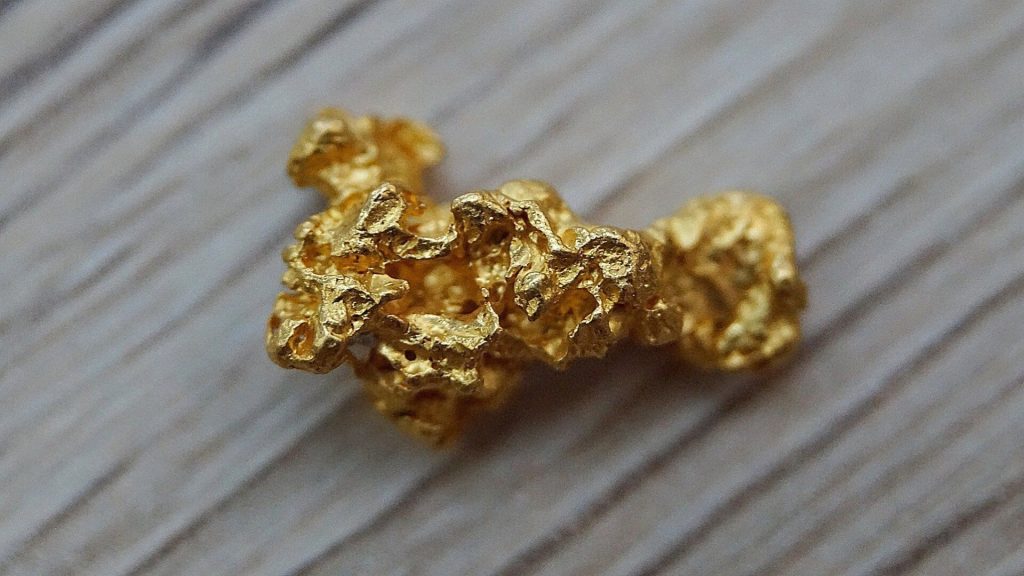
With that kind of money on the line, it is not surprising that more than one group wants to claim it. But determining who the treasure truly belongs to has proven to be more challenging than one would think.
Finding the “Holy Grail of Shipwrecks“
The Colombian Navy announced that they located the shipwreck a few years ago more than 3,000 feet below the surface in the waters off the port city of Cartagena. At the time of its discovery, Juan Manuel Santos, who was the president of Colombia at the time, audaciously called it the “most valuable that has been found in the history of humanity.”
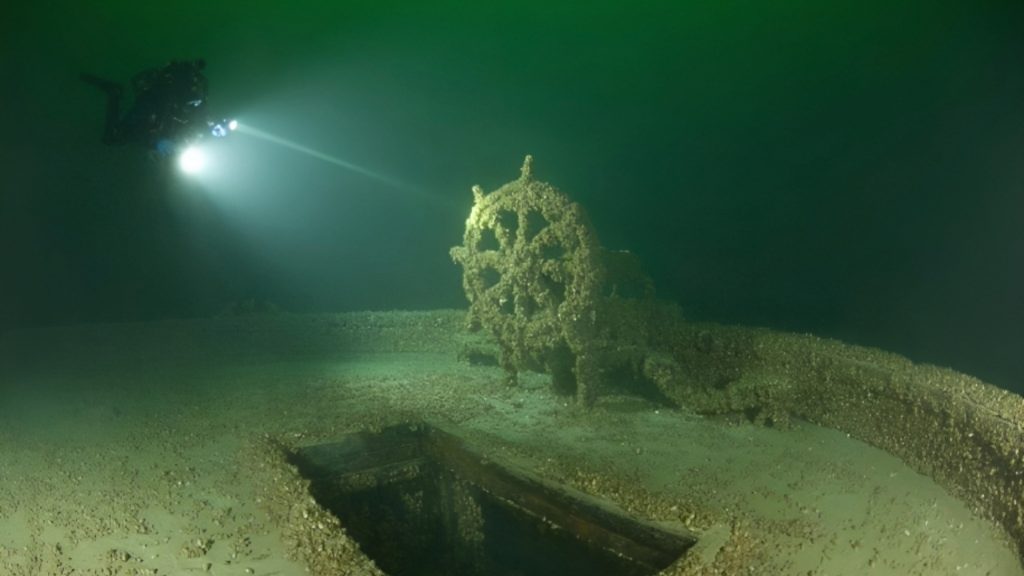
Both Santos and his predecessor, current Colombian President Gustavo Petro, are committed to retrieving historic artifacts and valuable treasure from the sunken vessel. In fact, President Petro has it listed as one of his top priorities of things he wants to have accomplished by the end of his term in office in 2026. So, what’s the hold up?
A Four-Way Tug of War Over the Shipwreck
Before the Colombian government can begin excavating the shipwreck, they have to first win the three-way custody battle over rights to the shipwreck’s vast treasure. A salvage company, Sea Search Armada, has filed a claim stating that they located the shipwreck before the Colombian Navy did.

Maritime salvage laws in place today have their roots stretching as far back as the Byzantine era when the great cities of the Mediterranean Sea agreed on the rules allowing a person to recover property or cargo belonging to another person that have been lost at sea or is in peril of being lost. Under salvage rights laws, the finder can lay claim to a portion of the recovered goods.
The Other Two Interested Parties
In addition to the Colombian government and the salvage company, two other parties believe they have ownership rights to this shipwreck and its valuable treasure. One of them is the country of Spain. After all, the ship was a Spanish galleon, the San Jose.
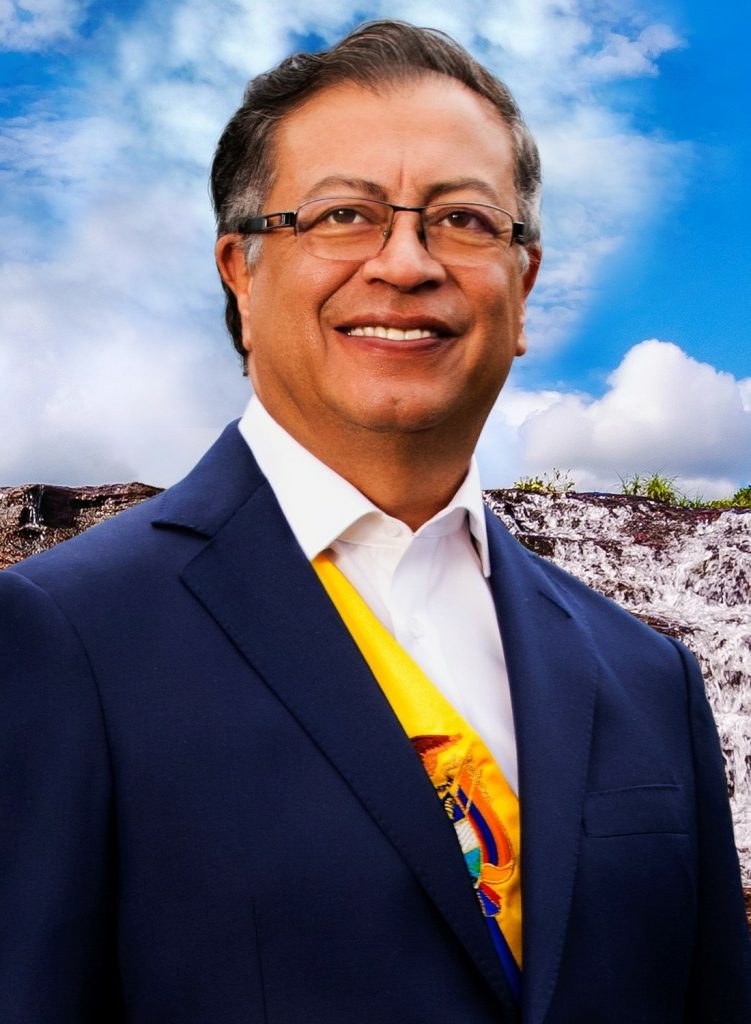
The other group to assert a claim on the valuable treasure is the Qhara Qhara nation, an indigenous culture from Bolivia. To understand the reason for their claim on the shipwreck, we need to go back to the year 1708 … the year the San Jose sank off the coast of Colombia.
Who Are the Qhara Qhara People?
The Qhara Qhara people, an indigenous people of Bolivia, reside primarily in the Potosi region. They are a subset of the Quechua-speaking people of the Andes Mountains. The history of the Qhara Qhara people is rich and diverse, making them a key part of the sweeping tapestry of native South American cultures.
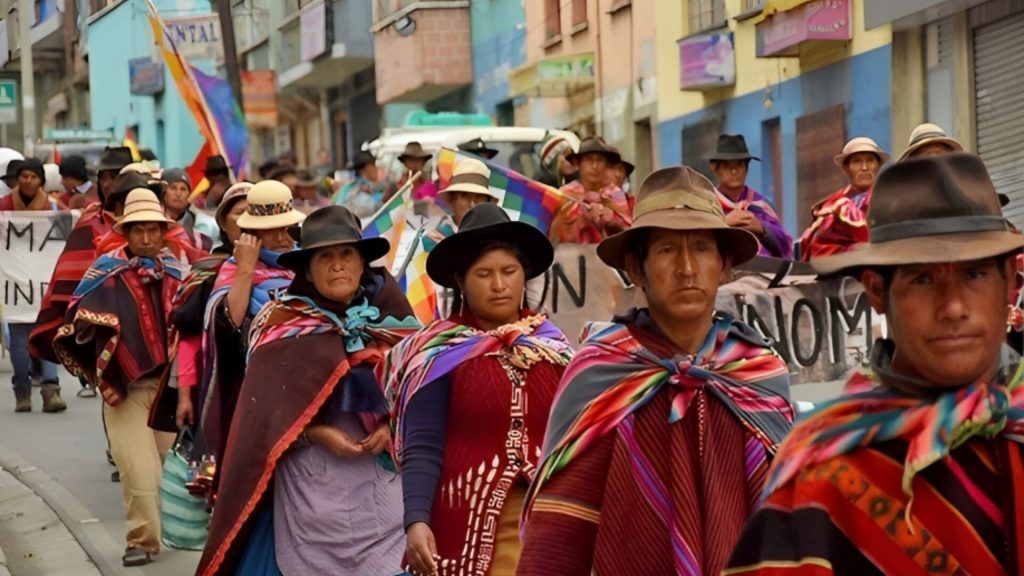
During Spain’s colonization of the Americas, the Qhara Qhara people, like all indigenous groups, experienced tremendous disruptions to their way of life. They were exploited and even enslaved. They fell ill to new diseases that were introduced from Europe. And they watched as the Spanish stripped away their traditions and heritage.
The Colonization of South America
Beginning in the late 15th century, following Christopher Columbus’s voyages to the Americas, Spain started to colonize South America. The reason for wanting to colonize South America can be summed up in the phrase, “God, glory, and gold.” Colonization was, in part, motivated by the quest to spread Christianity and “save” native people by forcing them to convert to Catholicism.
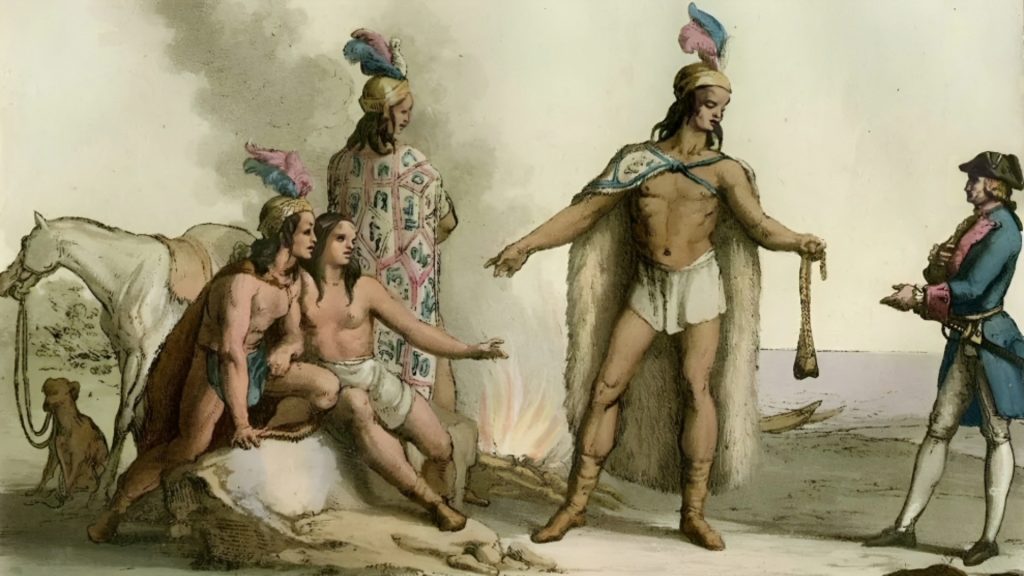
Spain was also in competition with other European nations to establish worldwide empires which would increase their power and global influence. But of course, greed was at the very root of colonialism. The Spanish crown sought to control the wealth and natural resources of the Americas … including the rich deposits of gold and silver reported to be located in South America.
The San Jose
The three-masted San Jose was a 64-gun Spanish galleon with a crew of about 600 men. In the early 1700s, the ship was sent to South America to bring back riches to help finance the War of the Spanish Succession. In its cargo hold was 200 tons of gold and silver that were mined from sites in Bolivia and Peru using the forced labor of enslaved Qhara Qhara people.
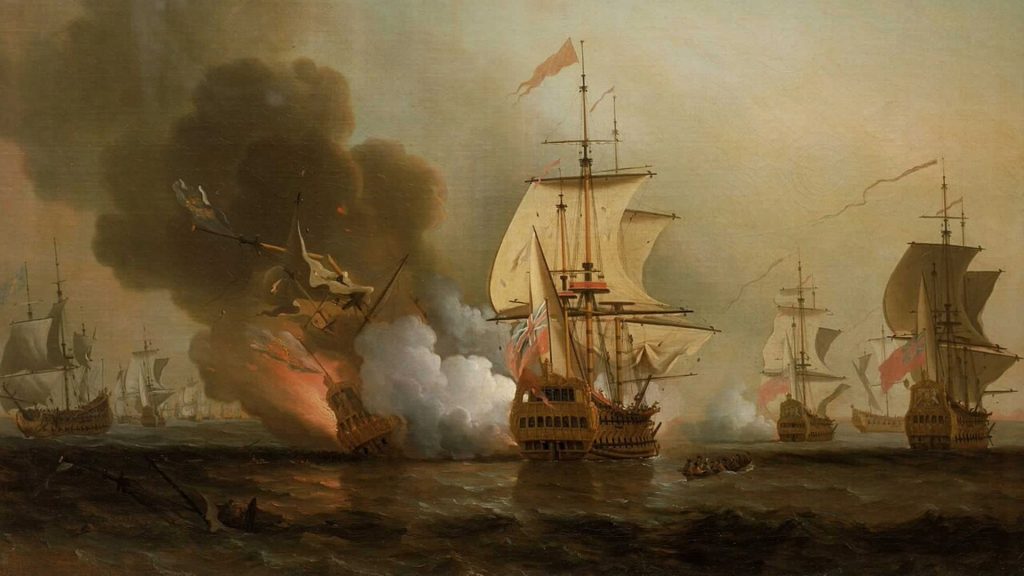
In addition to the raw gold and silver, the galleon held gold and silver artifacts taken from the Qhara Qhara cities. It was also reported to have been carrying a large quantity of emeralds that had been taken from the viceroy of Peru. In the colonial era, stealing from the indigenous people was not viewed as wrong. It was merely an act of relocating resources.
Sunk by the British
During the War of Spanish Succession, a time when several parties vied for the Spanish throne left vacant by the death of the childless Charles II of Spain, several European nations, including England, were involved. These nations were worried that Spain would become too powerful if a single monarch inherited both the Spanish crown and the vast Habsburg territories.
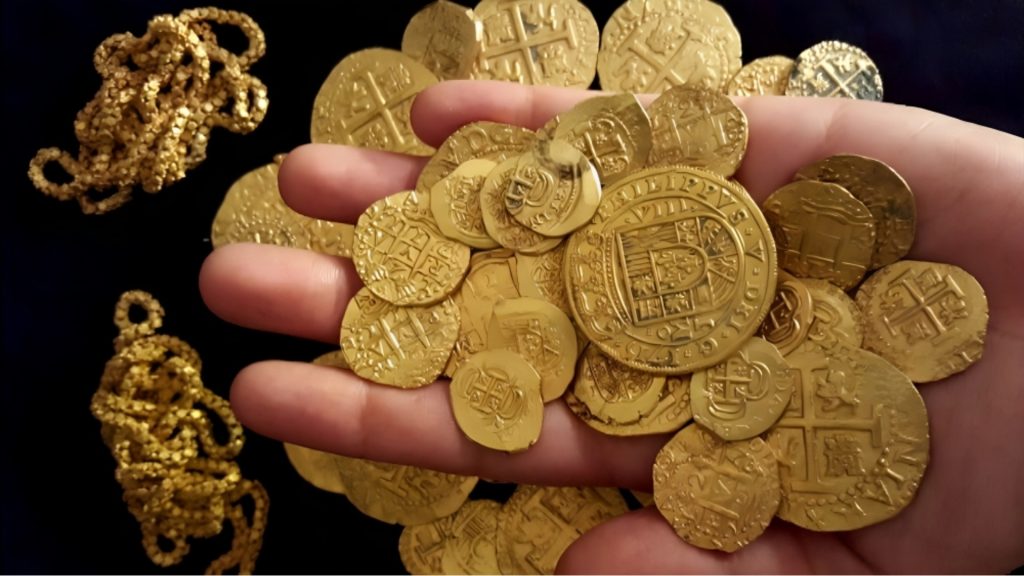
In the ensuing conflict, England tried to keep the balance of power in Europe more stable. That meant reducing the size of Spain’s overseas empire. It all came to a head on June 8, 1708, when British Royal Navy warships sank the San Jose, sending its crew of 600 and immense treasure to the ocean floor. Where the ship went down, however, was not known for centuries.
Should Spain Get the Treasure?
Since the San Jose was a Spanish ship, does that mean Spain should get to keep the shipwreck’s wealthy treasure? That is what Spain contends. The treasure, they say, was on board a Spanish ship, therefore it belonged to Spain.

After all, they continued, if the vessel had not been bested by the Brits, all that gold would have ended up in Spain’s coffers 300 years ago. No one would have contested the possession of these riches.
Should Colombia Get the Treasure?
The wreck of the San Jose was discovered off the coast of Cartagena, in water belonging to Colombia. Because the treasure has been found in Colombian territory, does ownership belong to Colombia? That’s what the Colombian government believes, and they have a valid point.
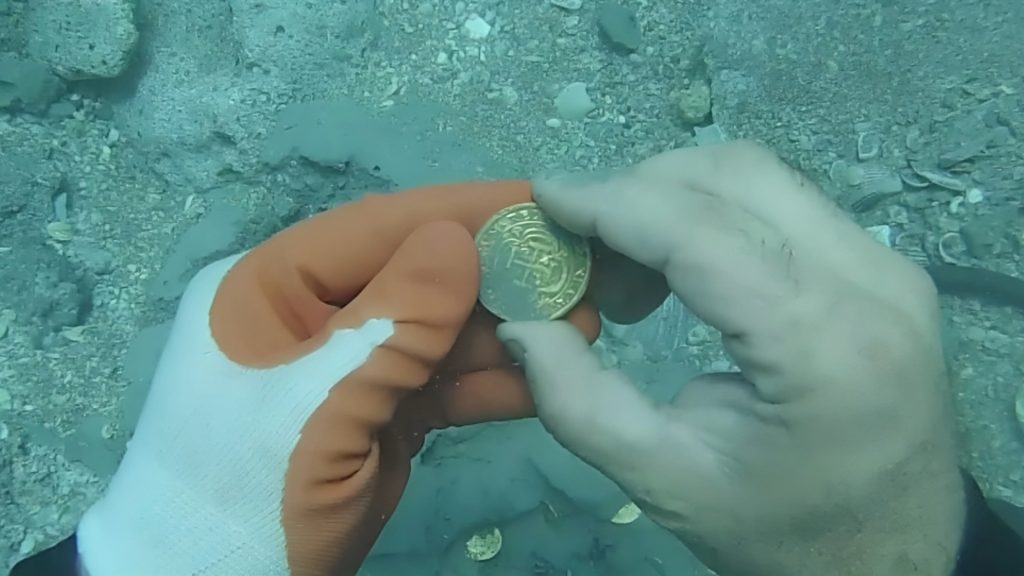
If valuable items were found buried in your backyard, wouldn’t those items belong to you? Certainly, a case can be made to support Colombia’s claim.
Should the Treasure Be Returned to Its Original Owners?
The gold and silver were extracted from mines found in the Qhara Qhara territory, now straddling both Bolivia and Peru, and Spain forced the indigenous people to work the mines. The precious metals were taken from Qhara Qhara land using Qhara Qhara labor … shouldn’t it belong to the Qhara Qhara people?
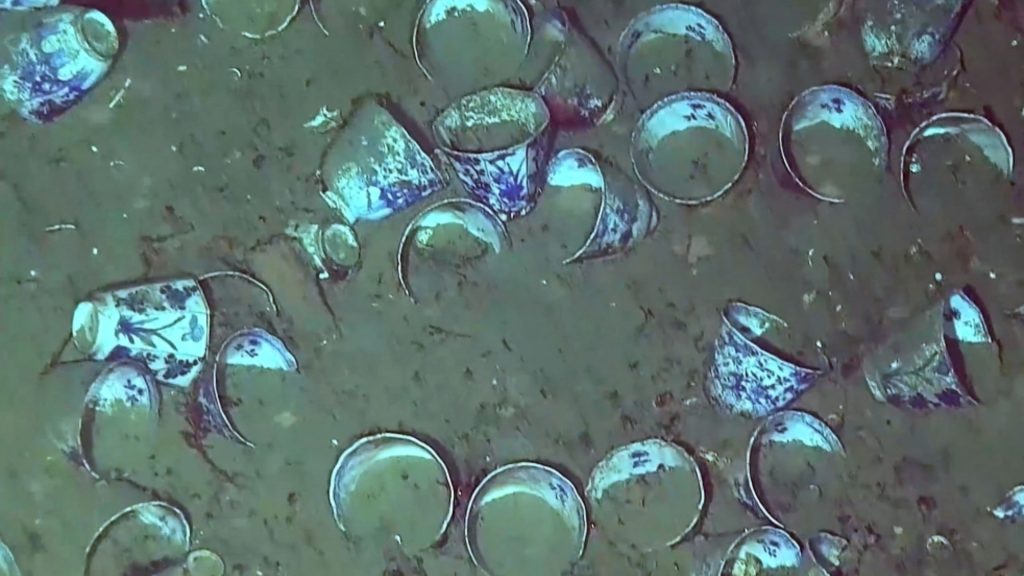
Moreover, the sunken treasure from the San Jose included indigenous artifacts made from gold, silver, and precious gems. As cultural artifacts important to the native people of South America that were stolen from them by colonizers, shouldn’t it be returned to them?
Undoing Some of the Evils of Colonialism
Today, colonialism is often criticized for the harm it did to indigenous people. In their quest to expand their global empires, some of the European powerhouses of the 16th, 17th, and 18th centuries failed to preserve the heritage, customs, religions, languages, and traditions of the native populations they encountered.
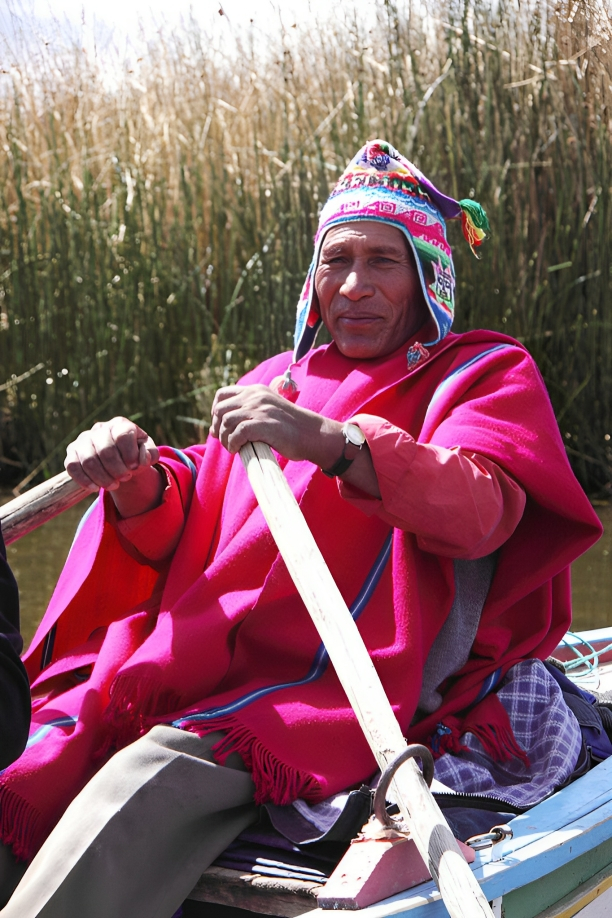
Colonies under the control of European nations were seen as a source of natural resources. This included artwork, statues, and historical artifacts that were stolen from native civilizations and placed in museums around the world. There is currently a movement to return these artifacts to the cultures from which they were stolen.
Settling the Dispute
Settling the dispute is no easy task. In addition to the salvage company, Sea Search Armada, Colombia, Spain, and the Qhara Qhara nation, both Panama and Peru have stated that some of the treasure should go to them since it was initially stolen from their land.
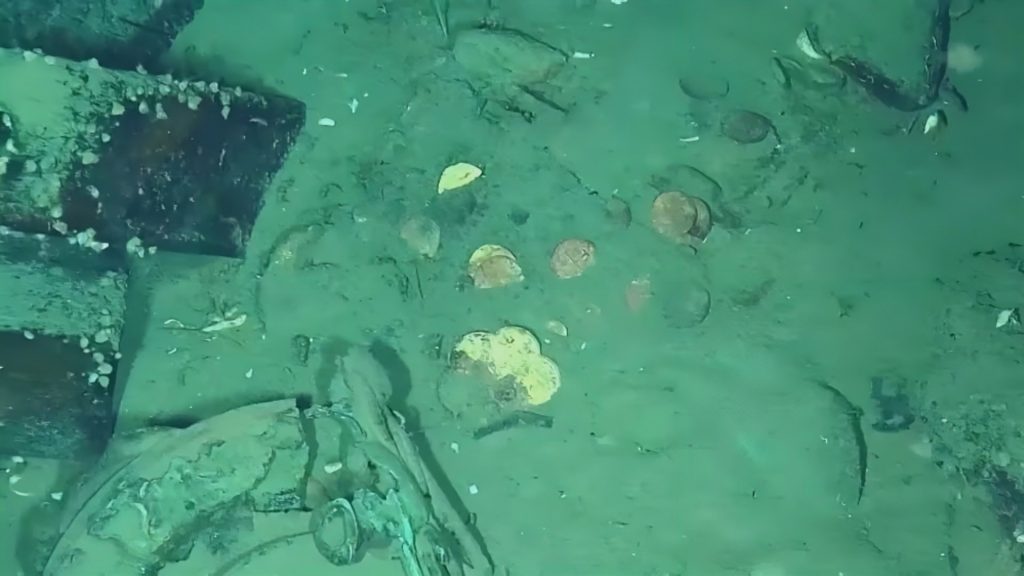
Currently the issue has gone to arbitration in London where the claims of all parties are being carefully considered. Although Colombia’s president is eager to start bringing the treasure to the surface, until the issue of ownership gets resolved, the San Jose and is $20 billion in treasure will remain at the bottom of the sea.





